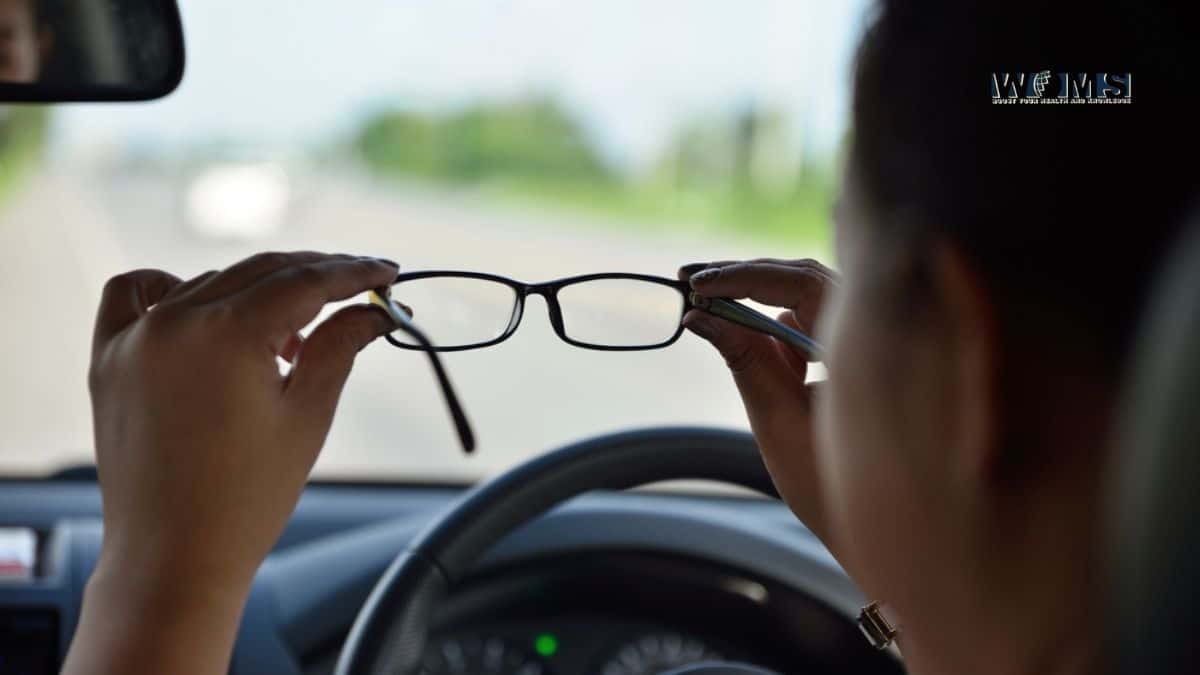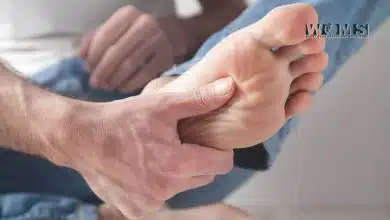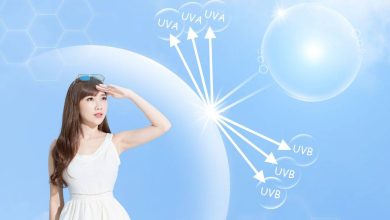Nearsighted Vs Farsighted Vision

If you’re having trouble focusing on objects or seeing at a distance, single-vision lenses or progressive reading glasses may help you see better. According to the Centers for Disease Control and Prevention (CDC), millions of Americans have a common eye disorder or disease. The most frequent eye problems are known as “refractive errors.” These conditions include nearsightedness and farsightedness, which are also known as myopia and hyperopia. So, you must know about nearsighted vs farsighted
Eyeglasses can improve vision in people who live with these conditions, so it’s helpful to understand them and their symptoms. The following guide explains some of the causes behind nearsighted and farsighted vision. You’ll also discover the differences between the two conditions and what types of lenses could help treat them.
What Is Nearsightedness?
Nearsightedness or myopia is a vision disorder that impacts how you see at a distance. The light that enters your eye does not focus correctly on your retina, which creates a refractive error. If you live with nearsightedness, far away images may appear blurry or fuzzy. It’s also difficult to see words at a distance.
Nearsightedness is commonly diagnosed in childhood. Symptoms may include frequent blinking and having trouble reading words at a distance. Since the eye continues to grow until around age 20, myopia may progress through young adulthood.
Adults with nearsightedness will have difficulty reading text at a distance or seeing objects while driving. The American Optometric Association says that it’s also possible to develop myopia from a health condition like diabetes. You can also have nearsightedness if you get cataracts or frequent eye strain. Other symptoms of nearsighted vision include headaches and squinting.
If you have questions about nearsightedness, talk to an eye doctor. They can help to evaluate you or your child for the symptoms of myopia. They can also help recommend the best glasses or refractive aids.
What Is Farsightedness?
Hyperopia or farsightedness means that you find it easier to see at a distance. When you are farsighted, the words on books or the text on your smartphone appear fuzzy and difficult to read. You may notice that you squint or experience eye strain when doing near vision activities like crafting or sewing.
These symptoms occur because the light that enters the eye does not focus directly on the retina. Instead, refractive errors cause the light to enter behind the eye, leading to blurry vision and achiness. Like nearsightedness, the symptoms of farsighted vision begin at a young age. Healthy eye growth can correct the problem as a child gets older.
If you’re still experiencing symptoms as you age, you may need glasses to help prevent headaches or eye strain. When not discovered sooner, many people notice signs of farsightedness around 40. Near-vision loss begins to occur naturally at the start of middle age. The condition is known as presbyopia and results from the natural aging process.
Presbyopia is often why adults seek out stylish reading glasses to help them read or complete computer work. You can find out if you have farsighted vision or presbyopia by talking to an eye doctor. They can help you decide if you need readers or another lens type.

What’s the Difference Between Nearsighted and Farsighted?
Now you know what’s behind nearsighted and farsighted vision conditions. However, some of the symptoms of nearsightedness and farsightedness can overlap. Healthline recommends an at-home exercise to test which objects in your view are the blurriest.
First, test your eyes for nearsightedness. Begin by taking a few moments to rest your eyes. Now, look at a sign or large text about 10 feet away. If you’re unable to distinguish shapes or words, you may need glasses to see clearly.
For those who have good distance vision, check your eyes for farsightedness. Read a few articles on your tablet or a couple of chapters of a print book without vision assistance, such as reading glasses. Do your eyes feel strained or are the words blurry? Do you have a headache or feel the need to rub your eyes after reading? If so, you may have a farsighted vision, which can be checked by an eye care professional.
Some people may have both symptoms of myopia and hyperopia. Multifocal glasses like bifocals and trifocals can help to correct both conditions at the same time. You can also choose progressive glasses and progressive readers to help you see while reading and completing distance activities like driving.
How to Treat Nearsightedness
Corrective lenses for nearsightedness can help with symptoms of myopia. The right lenses and powers for your condition will help to change how the light hits the retina of your eye. When the light bends properly through your glasses, it will make images clearer than seeing with the naked eye. You will then relieve blurry vision and the symptoms that come along with it, like headaches and eye strain.
Make an appointment with an optometrist or ophthalmologist, who will give you the right prescription for your lenses. Once you have the correct information for making your glasses, you can choose stylish frames and lightweight lenses that make your visual experience even more comfortable. Other options for treating nearsightedness include contact lenses and refractive surgery.
How to Care for Farsighted Vision
According to Medical News Today, some younger people may not need corrective lenses for their hyperopia. By focusing on nearby objects, the eyes can accommodate themselves over time. However, if farsighted vision continues to be an issue in adulthood, it may help to see a doctor.
Eyeglasses are the most convenient and affordable way to care for the symptoms of farsighted vision. Multifocal lenses like bifocals and trifocals can help to relieve blurry visuals and eye strain. Adults with farsightedness or presbyopia in older age can benefit from standard reading glasses and progressive reading glasses. Blue light glasses that are also readers will help to avoid straining and squinting while working on a tablet or laptop. They’re also excellent for preventing digital eye strain while scrolling on a smartphone.
Finding the Best Glasses for Your Vision Needs
After you get a diagnosis from an eye doctor, it’s time to look for stylish lenses. Shop for frames that fit your fashion and make it more comfortable to see. Ultra-thin, lightweight lenses made from materials like acrylic can make it feel like you’re not even wearing a pair. Glasses with an anti-scratch coating will keep your specs durable, while polycarbonate frames allow you to stay on-trend and keep up with your daily lifestyle.
You’ll also want to look for frames and lenses that are tested for quality. Taking charge of your eye symptoms can help you avoid discomfort and see clearly while working or relaxing. Being proactive about your farsightedness or nearsighted vision will help you prevent future vision problems.




